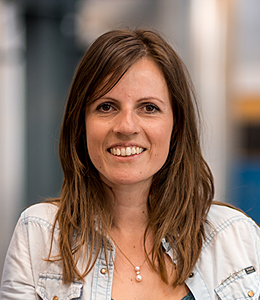Contextmapping
Involving people in design processes as experts of their experience
Contextmapping is just what it says it is: making a map of the context (of use). Introduced in 2003, the term refers to an approach to exploratory and participatory design research which makes use of the expertise of the user and the skills of the designer.
Given in 2013, 2015, 2017 and 2019
____
"The information-dense program allowed me to learn lots in a short time-span. Also, the basic structure is clear and repeatable, while you can tailor-make it to your project. The investments in material and time are relatively low compared to the generated information."
Participant IDE Master Class
Contextmapping offers a procedure for conducting contextual research with users, where tacit knowledge is gained about the context of product use. It was developed specifically to inform and inspire design teams, so that users and other stakeholders can actively participate in the design process to ensure a good fit between the design and the use of a product, and the core competences of the producer/ company. In a series of lectures and exercises the theory is given, practiced and mastered.
Curriculum
This Master Class addresses the success and failure factors in new product development (NPD) with a special focus on the role of marketing. The interactive blend of theory and practice introduces participants to NPD topics including product innovation, new product failure scenarios, best practices for launching new products, and provides hands-on experience on how to build a product and brand portfolio that is balanced and strategically aligned. The Master Class uses case studies drawn from recent innovative product introductions.
Learning objectives
During this master class, you will:
- understand the techniques of involving users and other stakeholders in design, the role of contextual research in innovation;
- see when context mapping techniques are useful for gathering insights and communicating these insights in design teams;
- develop a feeling for the psychological processes of reflection and expression of user experience;
- learn how to implement the technique in your own company.
Content
- Forces in innovation: development of user-centred design from 1970s to present (product-centred, user-centred, interaction design, experience design, contextual design, empathic design, service design); codesign and co-creation;
- the value of user insights for innovation; the communication needs of designers regarding user experience insights; the contextmapping process, its underlying principles (creativity, expressivity); exercise to experience these principles (as user); the information needs of design teams;
- steps in the context mapping process: preparation, gathering, analysis, communication, conceptualization;
- the importance of planning; industrial case examples; exercise in field research (interviewing with a generative toolkit), carrying user insights through to conceptualization; practical guidelines for conducting studies.
Participants received "Convivial Toolbox" by Pieter Jan Stappers and Liz Sanders.
Speakers


